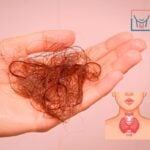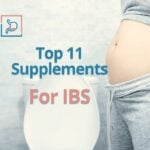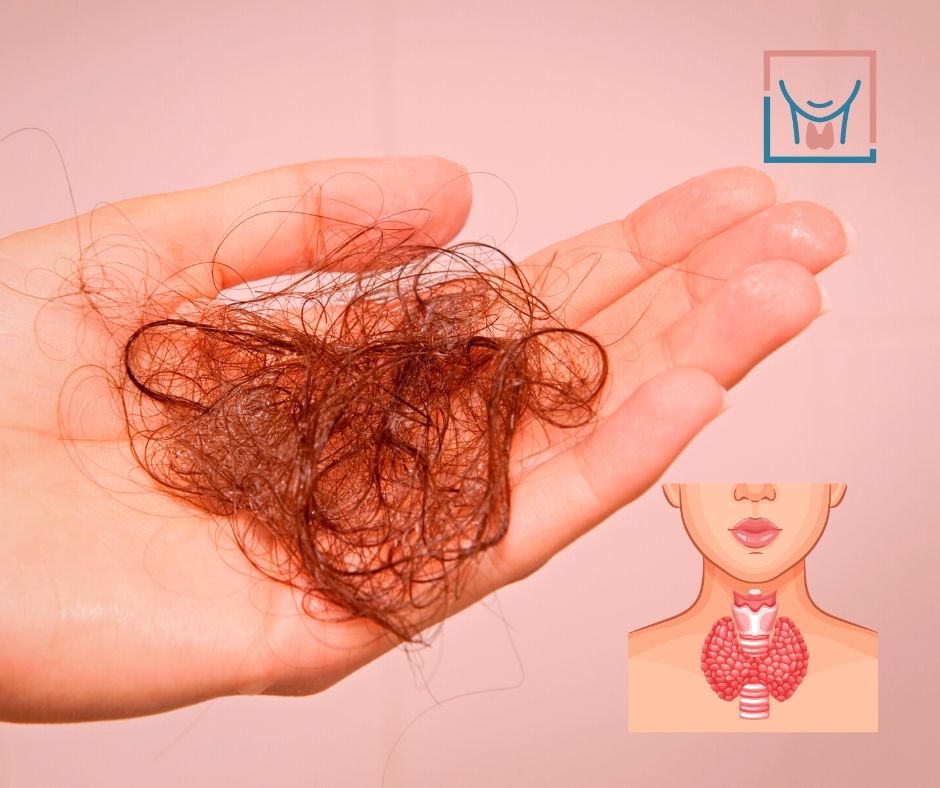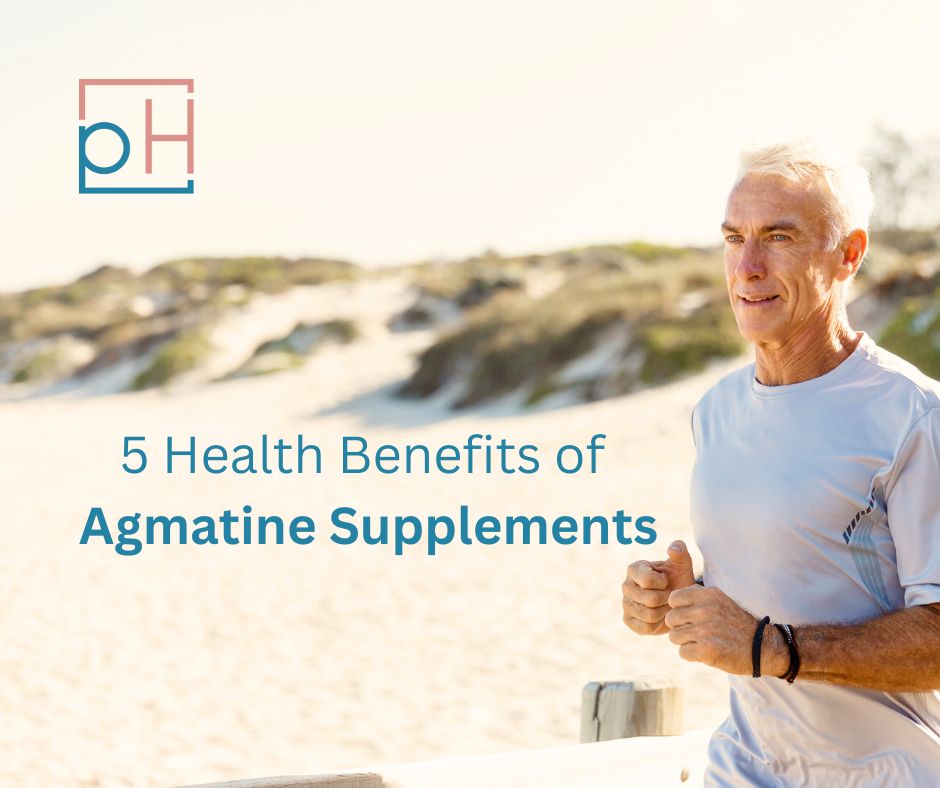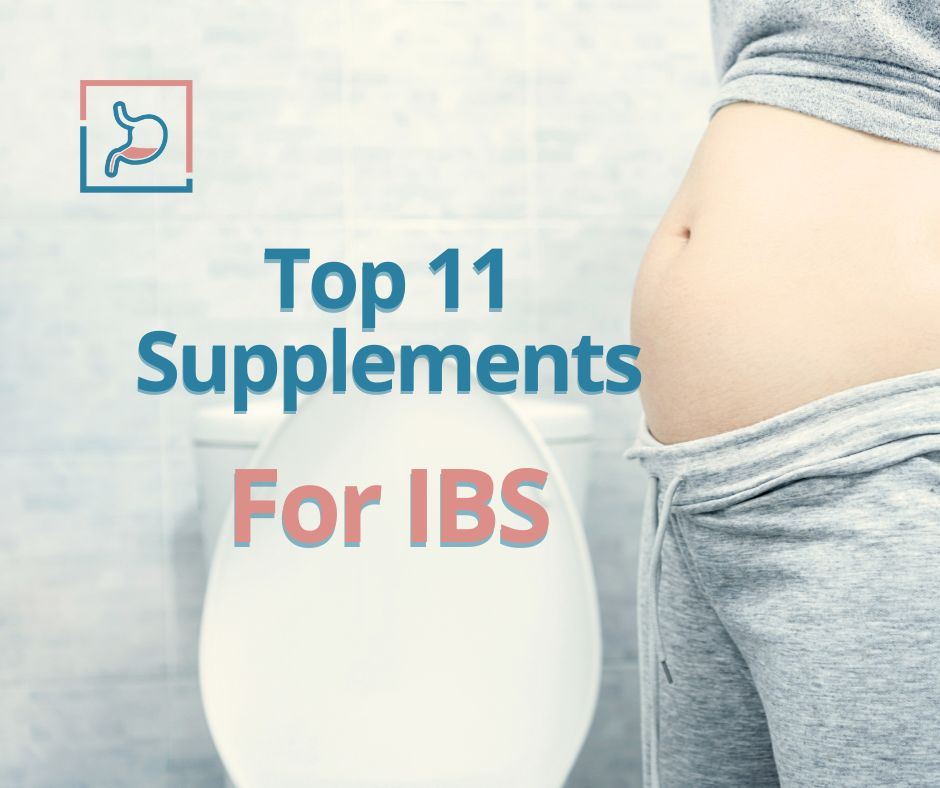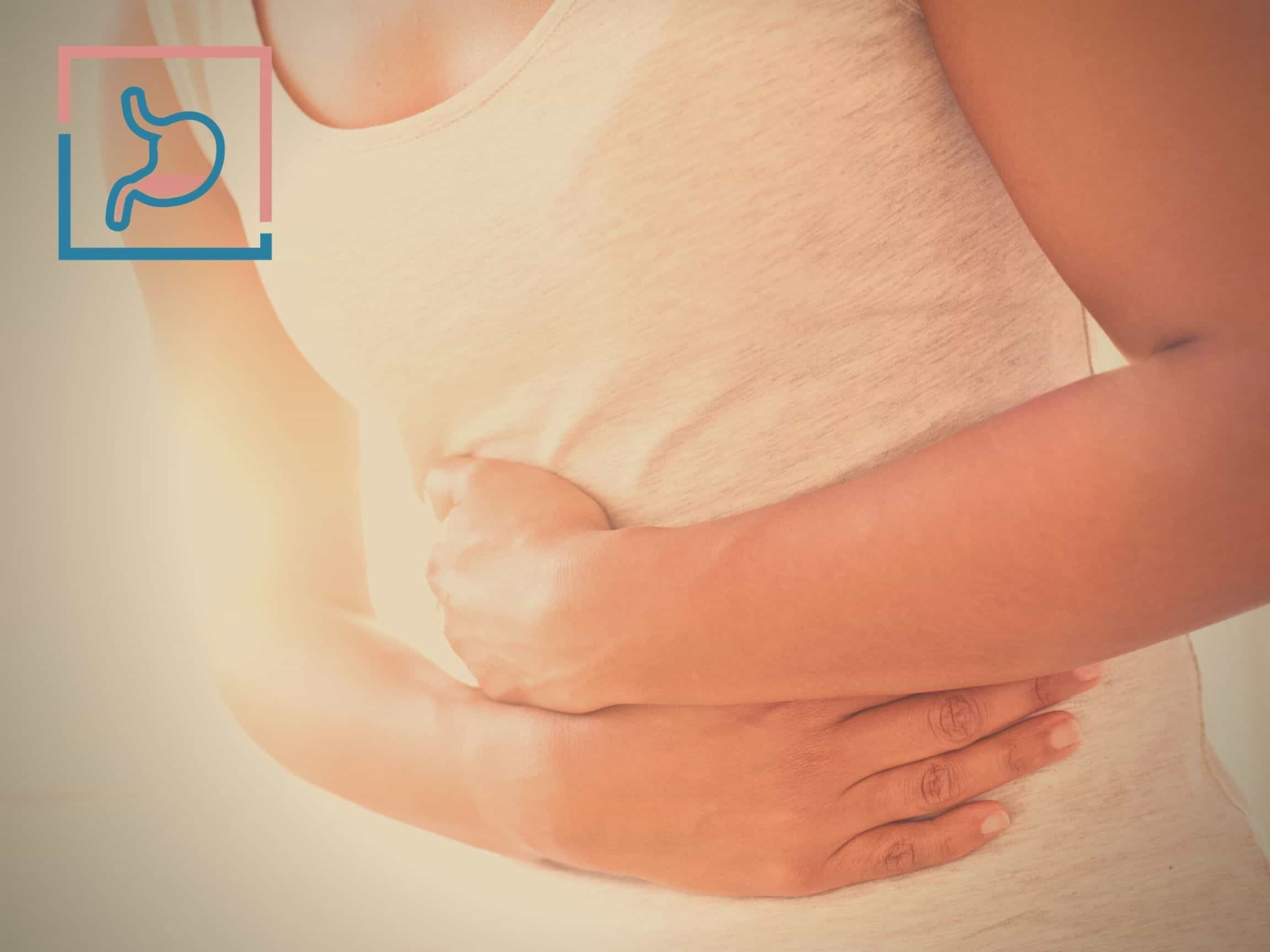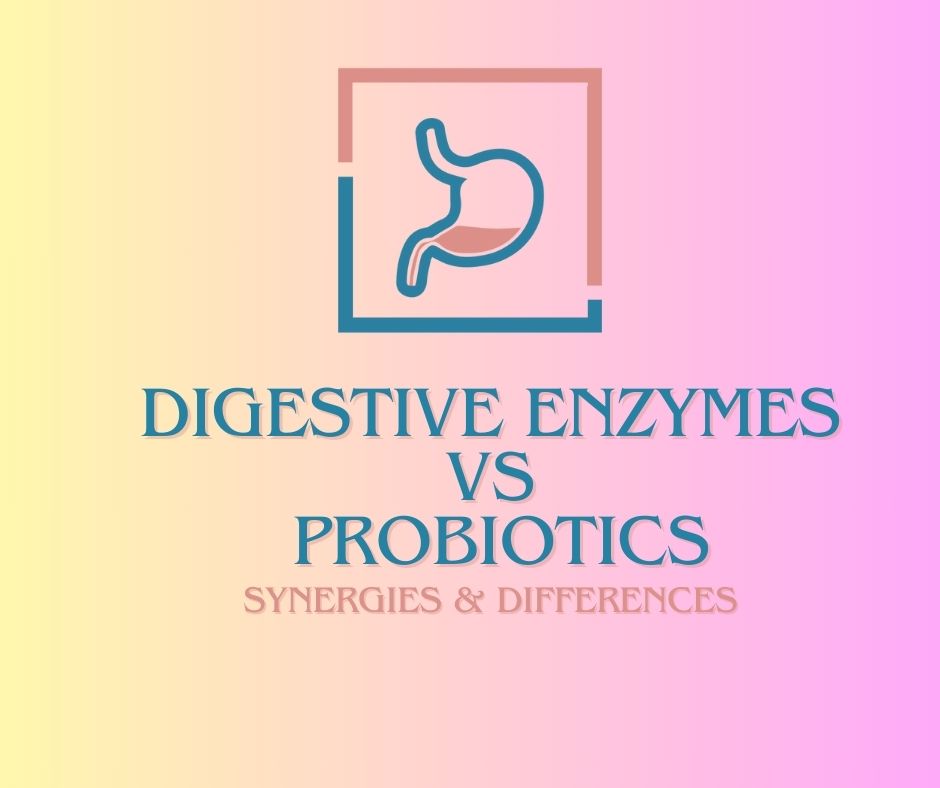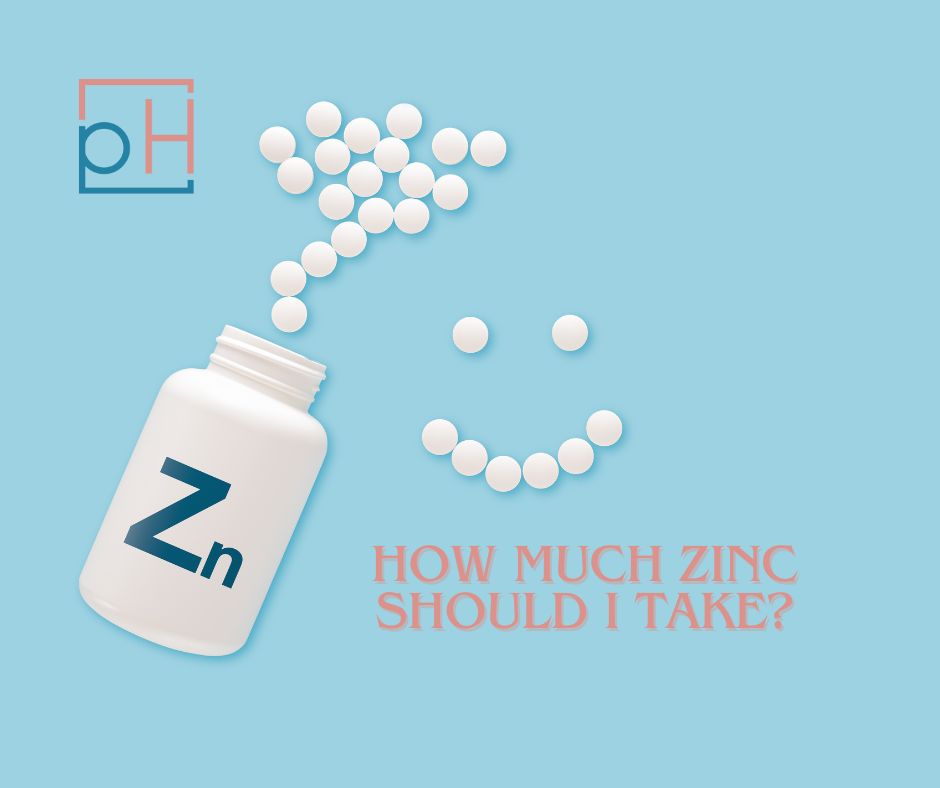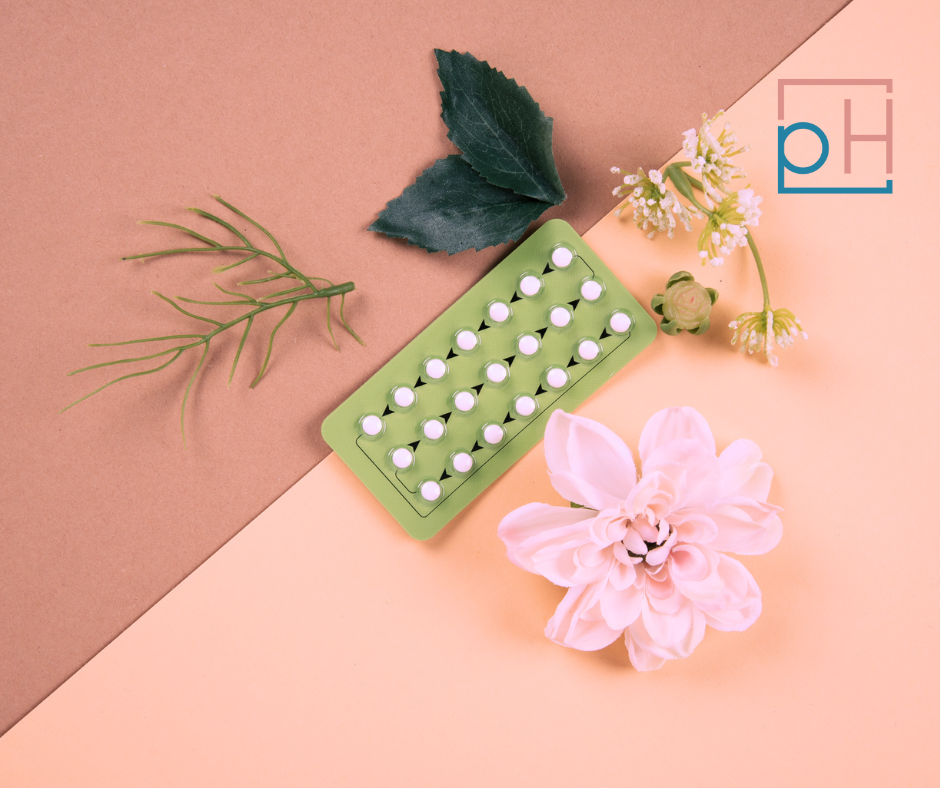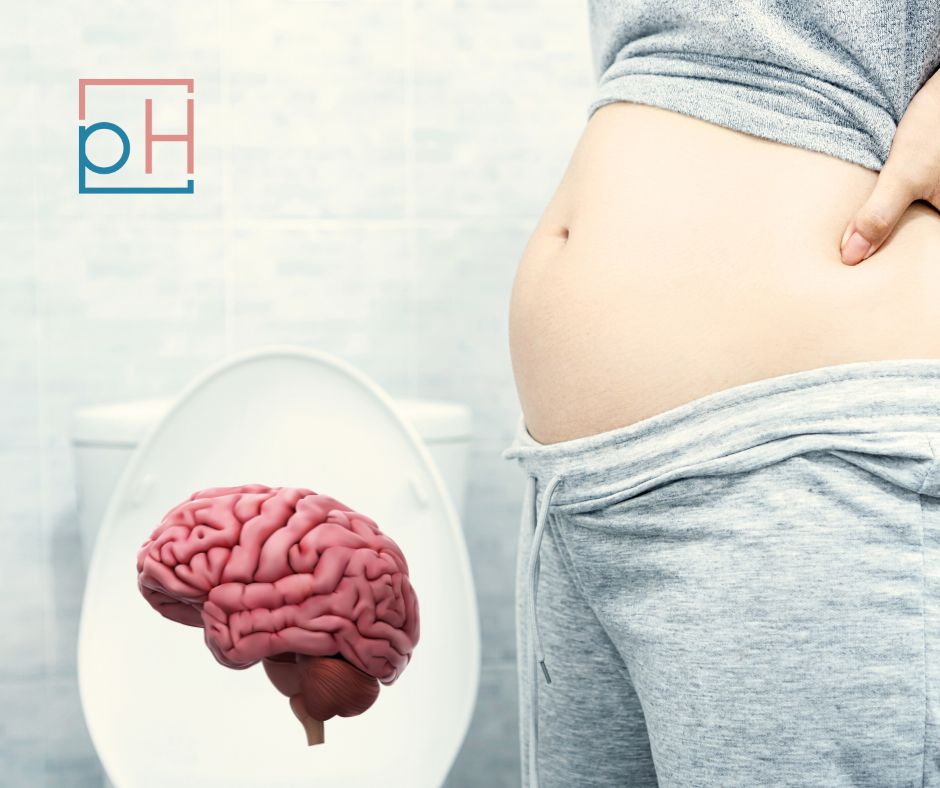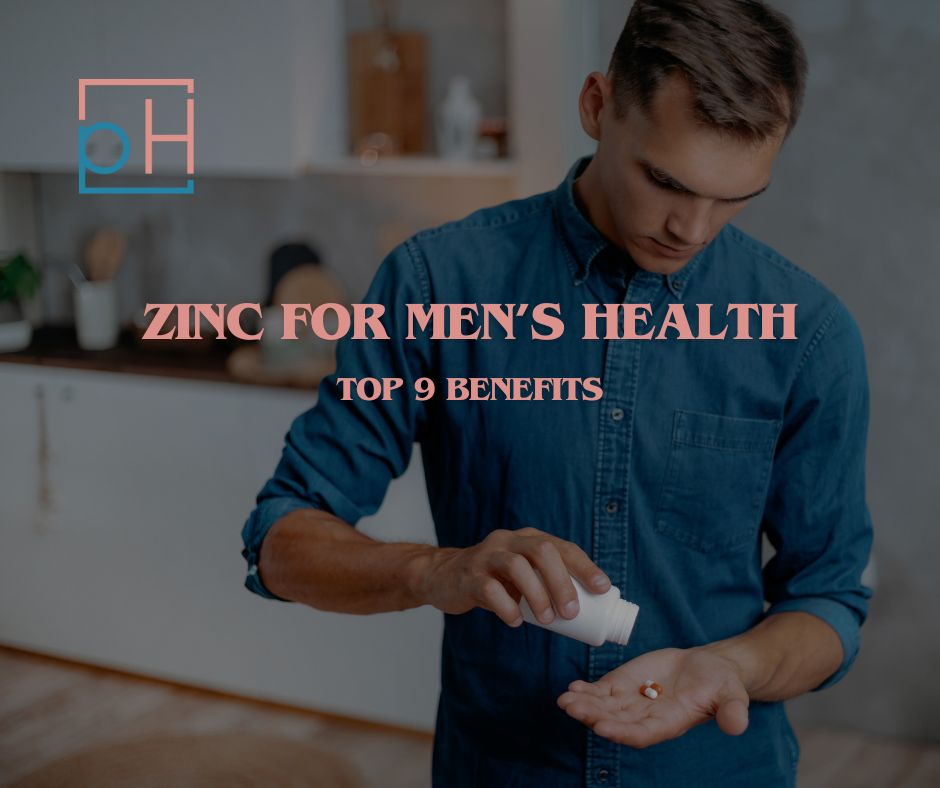No one knows exactly what causes interstitial cystitis, but inflammation certainly plays a role. (Cystitis is inflammation of the bladder.) Autoimmunity, injuries or surgeries, infection, and cross-talk with other pelvic organs may all contribute to inflammatory IC as well.
Diet is one of the primary ways patients can control inflammation and, thus, their IC flare-ups. Diet can even help cure the root cause of interstitial cystitis.
What is the best diet for interstitial cystitis? The best diet for interstitial cystitis excludes inflammatory foods and includes anti-inflammatory foods. IC patients may want to try an elimination diet with a healthcare professional to see which foods aggravate their symptoms.
Understanding the nuances of diet and curing IC at its root cause is a specialty here at PrimeHealth in Denver, CO. Our doctors would love to work with you to diagnose and treat your autoimmune issues for good.
We may receive a small commission from products you purchase via links in this article.
Foods to Avoid
Many foods can trigger interstitial cystitis flare-ups. Some foods, like nightshades, acidic foods, spicy foods, artificial sweeteners, and soy, cause more widespread symptoms. It’s essential to find the foods that have a negative effect on your unique symptoms.
Certain beverages can also exacerbate IC symptoms, including acidic drinks, carbonated drinks, and alcohol.
Studies have found a strong link between the foods IC patients eat and their symptoms. One 2007 study reported that over 90% of participants experienced stronger symptoms after eating certain foods.
What foods cause IC flare-ups? Some foods that cause IC flare-ups include:
- Nightshade vegetables like tomatoes, bell peppers, potatoes, and eggplants
- Acidic foods, including tomatoes (and tomato-based sauces) and fruits high in citric acid like citrus fruits such as grapefruit
- Acidic drinks and juices, including cranberry juice
- Artificial sweeteners like aspartame (NutraSweet), saccharin, and acesulfame potassium
- Spicy foods and foods that contain hot peppers or horseradish
- Soy products, like soybeans, tofu, soy sauce, and certain dairy substitutes
- Onions
- Artificial preservatives
- Acidic dairy products like yogurt, cream cheese, and sour cream
- Foods that contain monosodium glutamate (MSG)
- Coffee, tea, and other caffeinated beverages
- Soda and other carbonated drinks
- Alcoholic drinks
- Chocolate, particularly dark chocolate (including chocolate ice cream)
- Gluten, which can cause inflammation if you have a sensitivity to it


One drink on the “avoid” list that might surprise you is cranberry juice. Most people think cranberry juice is bladder-friendly because of its reputation as a treatment for mild UTIs. But, it’s very acidic, which can exacerbate bladder symptoms in patients with interstitial cystitis.
It’s important to read food labels carefully, particularly for additives and ingredients like artificial sweeteners, which frequently sneak into foods like salad dressings and low-calorie desserts.
Every person is different, so your food sensitivities may differ from other IC patients’ triggers. That’s why an elimination diet can be beneficial. Elimination diets help you learn what foods you can tolerate and which foods are triggers for a flare-up.
Foods to Eat
While the list above can aggravate symptoms of interstitial cystitis, some anti-inflammatory foods can improve them. It’s often harder for IC patients to tell which foods positively affect their symptoms, but a few foods are consistently used to promote bladder health.
The best diet to promote bladder health and improve IC symptoms will include:
- Water: Drinking enough water helps you void your bladder regularly.
- Chamomile and peppermint tea: Chamomile tea and peppermint tea promote bladder health.
- Vegetables: Leafy green vegetables, cruciferous vegetables, root vegetables, gourds (including squash and cucumber)
- Low-acid fruit: Pears, bananas, blueberries, melons
- Garlic and turmeric: Garlic and turmeric are anti-inflammatory spices that promote urinary health
These anti-inflammatory, bladder-friendly foods and beverages are typically safe bets for IC patients.
What are some IC diet tips? Some IC diet tips are keeping a food and symptom log (to track potential trigger foods) and avoiding foods and drinks that commonly cause IC symptoms. It’s also a good idea to try an elimination diet to find the specific foods that worsen your symptoms.
Philosophie Superfoods is a trusted, high-quality brand of superfood options when creating a quality IC diet. Use code PrimeHealth15 for 15% off your first order.
Supplements for an Interstitial Cystitis Diet
Calcium glycerophosphate (Prelief) and sodium bicarbonate (baking soda) have shown consistent success in treating IC. Multiple studies have shown these supplements help improve IC symptoms, particularly when taken with flare-inducing foods.
Other supplements that may help with interstitial cystitis include:
- L-Arginine: L-arginine stimulates the body to make more nitric oxide, which seems to be produced in smaller quantities in patients with IC. Studies also show that L-arginine supplements can alleviate IC symptoms.
- Aloe: Aloe contains glycosaminoglycans, which are part of the bladder’s protective lining, often malformed or damaged in IC patients. Preliminary evidence suggests aloe supplements may effectively treat IC.
- Fish oil: Fish oil contains anti-inflammatory omega-3 fatty acids, which help treat the bladder inflammation that’s the hallmark of interstitial cystitis.
- CBD: CBD oil is used as an effective treatment for comorbid conditions like fibromyalgia and anxiety and can also treat interstitial cystitis. CBD can also treat the pain associated with IC.
- Probiotics: A significant percentage of IC patients report that taking a probiotic helps their symptoms.
- Curcumin: Curcumin, one of the most potent bioactive compounds in turmeric, is a potent anti-inflammatory agent. New studies show that curcumin can help treat the inflammation that leads to interstitial cystitis and its symptoms.
- Boswellia: Boswellia supplements can help heal the lining of the bladder and ease IC symptoms.
Interstitial cystitis is stressful! We trust Ned CBD as our main source for calming CBD. Use code PRIME for 15% off your first order.
What to Eat During IC Flare-Ups
During an IC flare-up, try to eat food that promotes bladder and urinary health. Eat a rainbow of fresh fruits and vegetables, avoiding high-acid fruits, tomatoes, and onions.
The anti-inflammatory and antioxidant compounds in fruits and vegetables will help fight inflammation causing the flare-up.
What foods can be eaten during an IC flare-up? Foods that can be eaten during an IC flare-up include most vegetables (just avoid tomatoes, onions, and spicy peppers), fruits with low citric acid, and lean meats. Some patients can also tolerate low-acid dairy (natural cheese and milk).
Food is medicine. The foods you eat can be used to treat many chronic health issues, including irritable bowel syndrome, small intestinal bacterial overgrowth (SIBO), and gut dysbiosis. Diet can even be used to treat cognitive decline. Interstitial cystitis is no different.
Example IC Meal Plan
Crafting a meal plan that uses ingredients suitable for interstitial cystitis (IC) is important. Here’s an example of what to eat in a day for IC:
Breakfast: Quinoa Breakfast Bowl
- Quinoa cooked in water or a suitable low-acid liquid
- Mix in 1-2 tablespoons of hemp seeds and pumpkin seeds
- Top with sliced banana and a drizzle of almond butter
- Serve with a small portion of non-citrus fruits like melon or blueberries, or a hard-boiled egg for extra protein
Lunch: Grilled Chicken and Vegetable Salad
- Grilled chicken breast & green beans seasoned with IC-friendly herbs and spices
- Mixed green salad with cucumbers, carrots, and radishes
- Dress the salad with olive oil and a pinch of salt
Snack: Greek Yogurt Parfait
- Plain Greek yogurt, which is generally well-tolerated by many with IC
- Layer with sliced kiwi or other non-citrus fruits
- Optionally, add a sprinkle of IC-friendly granola for crunch
Dinner: Baked Salmon with Quinoa and Steamed Zucchini
- Baked salmon seasoned with herbs like dill or parsley
- Quinoa as a side, cooked in a low-acid liquid like water
- Steamed zucchini with a touch of olive oil and a pinch of salt
Dessert: Baked Pears with Cinnamon
- Baked pears with a sprinkle of cinnamon for a naturally sweet treat
- Consider adding a dollop of non-dairy whip topping or plain Greek yogurt, if tolerated.
Remember, individual tolerances can vary, so it’s essential to pay attention to how your body reacts to different foods.
Symptoms of Interstitial Cystitis
Interstitial cystitis (IC) is a chronic bladder condition characterized by pelvic pain, bladder pain, urinary frequency, urinary urgency, and bladder pressure. It’s also known as painful bladder syndrome.
The different types of IC are ulcerative IC and non-ulcerative IC. Ulcerative IC patients develop painful Hunner’s ulcers on the inner surface of the bladder. Non-ulcerative IC patients form tiny hemorrhages on the bladder wall.
According to the Interstitial Cystitis Association, about 9 out of 10 cases of IC are non-ulcerative. Regardless of the type of IC, your diet can make a profound impact on your symptoms.
The symptoms of interstitial cystitis can be painful and difficult to manage. Some of the most common symptoms of interstitial cystitis include:
- Pelvic pain
- Feeling a strong or frequent urge to urinate
- Weak pelvic floor muscles
- Pain in the perineum
- Autoimmune rashes
Many of these IC symptoms are also experienced by patients with urinary tract infections. However, UTIs are caused by bacteria and clear up after a course of antibiotics. IC does not.
People with interstitial cystitis are also likely to have a comorbid condition such as irritable bowel syndrome (IBS), chronic fatigue, fibromyalgia, endometriosis, or vulvodynia. It is also likely to have coexisting autoimmune disorders such as lupus or dermatomyositis.
IC patients experience significant disruptions in their everyday routine during flare-ups, which is why healthcare providers often focus on preventing flares from occurring.
The Bottom Line on an Interstitial Cystitis Diet
Elimination diets are more manageable if you work with a healthcare professional. A clinician experienced in treating patients with interstitial cystitis can guide you through a screening and treatment plan to quickly identify your food and other IC triggers so you can start feeling better.
At PrimeHealth, we specialize in helping our clients treat their medical conditions holistically. We work to treat the root cause of the problem, not the symptoms. In our practice, we combine dietary changes with other holistic approaches like physical therapy to eliminate IC symptoms.
If you’re located in Colorado, we can diagnose the root cause of your interstitial cystitis and discuss how we can work together to treat it with diet. Schedule your free phone consultation today to learn more about our IC treatment options.
View this profile on InstagramPrimeHealth (@primehealthdenver) • Instagram photos and videos
Sources
- Patnaik, S. S., Laganà, A. S., Vitale, S. G., Butticè, S., Noventa, M., Gizzo, S., Valenti, G., Rapisarda, A., La Rosa, V. L., Magno, C., Triolo, O., & Dandolu, V. (2017). Etiology, pathophysiology and biomarkers of interstitial cystitis/painful bladder syndrome. Archives of Gynecology and Obstetrics, 295(6), 1341–1359.
- Friedlander, J. I., Shorter, B., & Moldwin, R. M. (2012). Diet and its role in interstitial cystitis/bladder pain syndrome (IC/BPS) and comorbid conditions. BJU International, 109(11), 1584–1591.
- Shorter, B., Lesser, M., Moldwin, R. M., & Kushner, L. (2007). Effect of comestibles on symptoms of interstitial cystitis. The Journal of Urology, 178(1), 145–152.
- Burgio, K. L., Newman, D. K., Rosenberg, M. T., & Sampselle, C. (2013). Impact of behaviour and lifestyle on bladder health. International Journal of Clinical Practice, 67(6), 495–504.
- Bassaly, R., Downes, K., & Hart, S. (2011). Dietary consumption triggers in interstitial cystitis/bladder pain syndrome patients. Female Pelvic Medicine & Reconstructive Surgery, 17(1), 36–39.
- Whitmore K. E. (2002). Complementary and alternative therapies as treatment approaches for interstitial cystitis. Reviews in Urology, 4(Suppl 1), S28–S35.
- Tamma, S. M., Shorter, B., Toh, K. L., Moldwin, R., & Gordon, B. (2015). Influence of polyunsaturated fatty acids on urologic inflammation. International Urology and Nephrology, 47(11), 1753–1761.
- Boehnke, K. F., Gagnier, J. J., Matallana, L., & Williams, D. A. (2021). Cannabidiol Use for Fibromyalgia: Prevalence of Use and Perceptions of Effectiveness in a Large Online Survey. The Journal of Pain, 22(5), 556–566.
- Tyagi, P., Tyagi, V., Yoshimura, N., & Chancellor, M. (2010). Functional role of cannabinoid receptors in urinary bladder. Indian Journal of Urology, 26(1), 26–35.
- O’Hare, P. G., 3rd, Hoffmann, A. R., Allen, P., Gordon, B., Salin, L., & Whitmore, K. (2013). Interstitial cystitis patients’ use and rating of complementary and alternative medicine therapies. International Urogynecology Journal, 24(6), 977–982.
- Shih, H. J., Chang, C. Y., Lai, C. H., & Huang, C. J. (2021). Therapeutic effect of modulating the NLRP3-regulated transforming growth factor-β signaling pathway on interstitial cystitis/bladder pain syndrome. Biomedicine & Pharmacotherapy, 138, 111522.
- Chen, Y. H., Chen, W. C., Tsai, K. S., Liu, P. L., Tsai, M. Y., Lin, T. C., Yu, S. C., & Chen, H. Y. (2020). Efficacy of Frankincense and Myrrha in Treatment of Acute Interstitial Cystitis/Painful Bladder Syndrome.Chinese Journal of Integrative Medicine, 26(7), 519–526.


